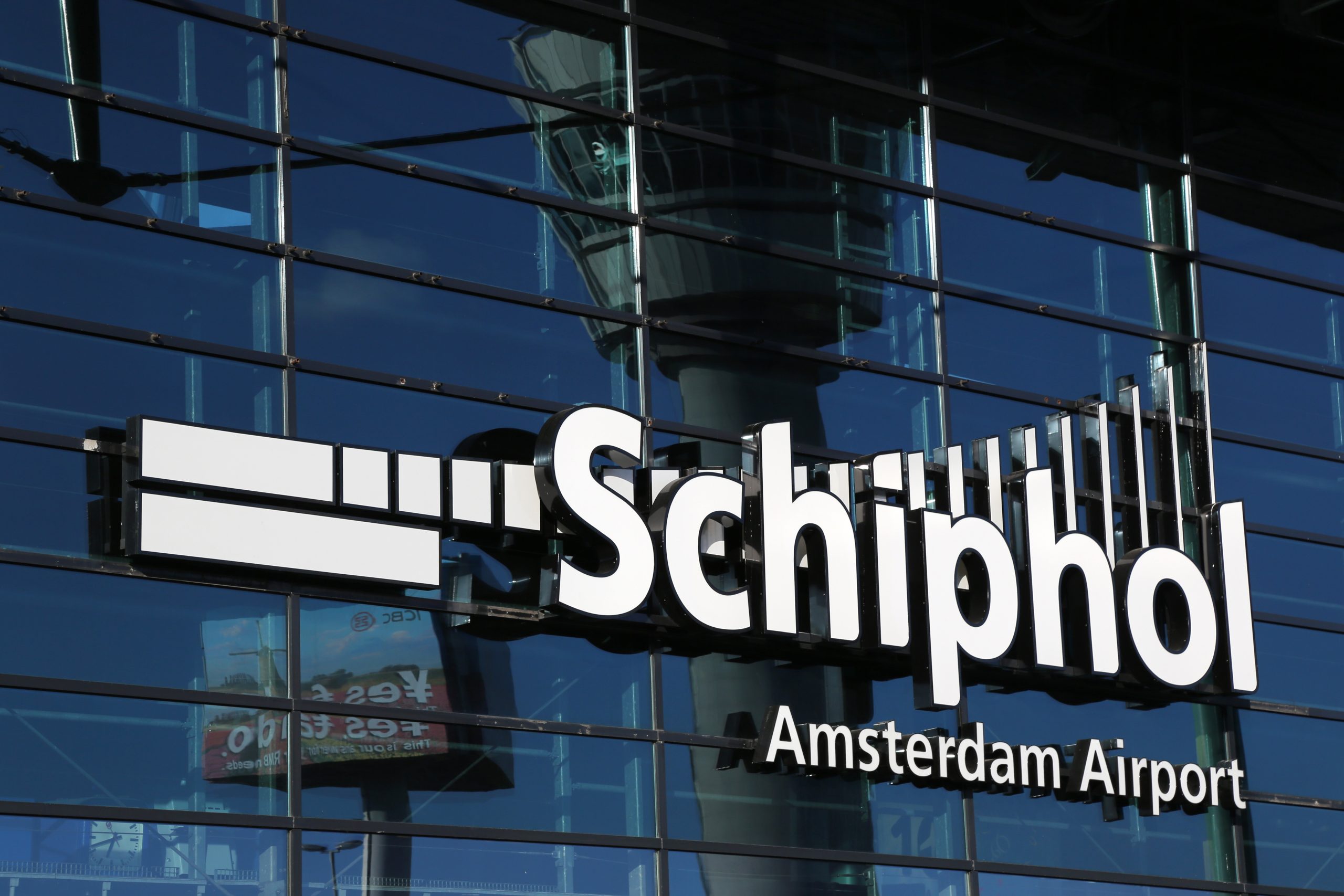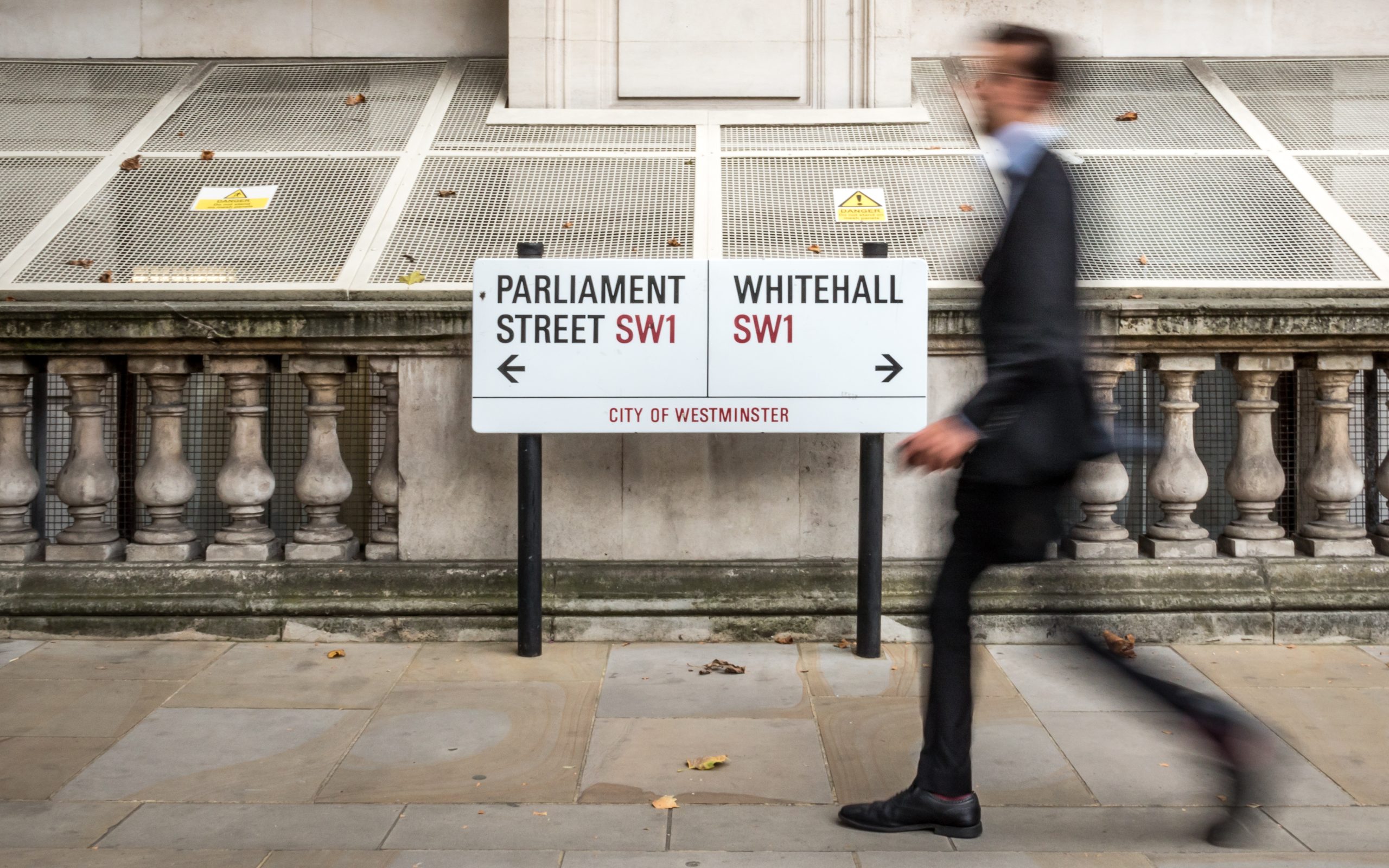Schiphol Tests World’s First Hydrogen GPU

Amsterdam Airport Schiphol has become the first airport worldwide to conduct live tests with a hydrogen-powered ground power unit (GPU)
The H2-GPU is being used to supply KLM Cityhopper aircraft on the apron with electricity, which is used for lighting and power in the cockpit. This world first is part of the TULIPS partnership initiated by Schiphol and co-funded by the European Commission.
Together with ground handling companies and the aviation sector, Schiphol is working towards an emission-free operation. Some stationary aircraft at the gates are already receiving power from e-GPUs (electrical ground power units). While e-GPUs have to be taken to special charging points to be charged, the new H2-GPU can be refuelled on site by a tanker, which saves significant time, Schiphol said. In addition, the e-GPUs sometimes have insufficient capacity, meaning diesel GPUs remain necessary. In addition to the switch to the cleaner HVO100 diesel the airport will continue to look for an emission-free solution for aircraft, such as the hydrogen GPU.
“I am extremely proud that we are the first airport in the world to test this innovation. The hydrogen-powered GPU fits within our ambition for our own ground activities to be emission-free in 2030. Through continuous innovation and improvement, we can contribute to better air quality for our employees and the local environment,” said Sybren Hahn, executive director infrastructure at Schiphol.
The pilot is being carried out in collaboration with KLM and other partners and is partly subsidised by the EU. The H2-GPU was developed by Zepp.solutions, a scale-up from Delft, and the Austrian GPU manufacturer Dynell. KES manages the GPU pool at Schiphol and oversees its use among the various handling companies.
Schiphol coordinates the TULIPS project funded by the European Commission. In this partnership of 33 European aviation parties and knowledge institutes, new technologies and procedures are being developed that will accelerate the sustainability of airport operations. In addition to the development of this H2 GPU, the project is also working on large-scale SAF deliveries, sustainable energy storage and circular material solutions that contribute to the objectives of the EU Green Deal.
Clean fuel supplier Ryze is partnering with zero-emission aviation firm ZeroAvia to provide hydrogen for use at Cotswold Airport
As well as flight testing a number of prototypes, including in a 19-seat testbed aircraft over the last 18 months, ZeroAvia has developed a microcosm of the Hydrogen Airport Refuelling Ecosystem to support flight testing and developing concepts of operations.
ZeroAvia has signed a hydrogen supply contract with Ryze, ensuring regular deliveries to its UK testing site at Cotswold Airport in Cirencester. This will meet an increased hydrogen demand as the company embarks on extensive ground and flight testing to meet the certification requirements for its ZA600 powertrain for up to 20 seat aircraft.
Earlier this year Ryze unveiled partnerships with Vauxhall, to develop hydrogen solutions for fleet operators, and Guardian Glass, to help decarbonise the energy-intensive float glass production process. Ryze’s state-of-the-art tube trailer fleet, the largest available fleet by capacity in the UK, will ensure maximum flexibility to support ZeroAvia’s research and testing requirements, the partners said.
Sergey Kiselev, chief business officer, ZeroAvia said: “Supply of cost-effective, clean hydrogen is integral in meeting our ambitions for unlocking zero-emission flight, and this partnership with Ryze will help us advance our testing and journey to certification.”
ZeroAvia’s team of over 300 employees is focused on hydrogen-electric propulsion and fuelling solutions to address a variety of markets, initially targeting a 300-mile range in up to 20 seat aircraft within the next couple of years, and up to 700-mile range in 40–80 seat aircraft by 2027.
In 2023, more than 6.7 million flights departed from European airports, emitting a total of 164.85 metric tonnes of CO2 – the equivalent to the emissions of 80 million petrol cars in one year and a 13% rise in CO2 emissions compared to the previous year.

